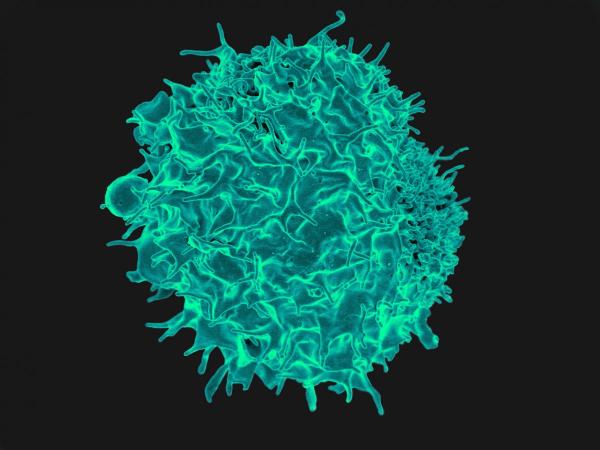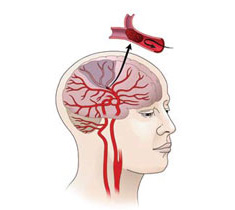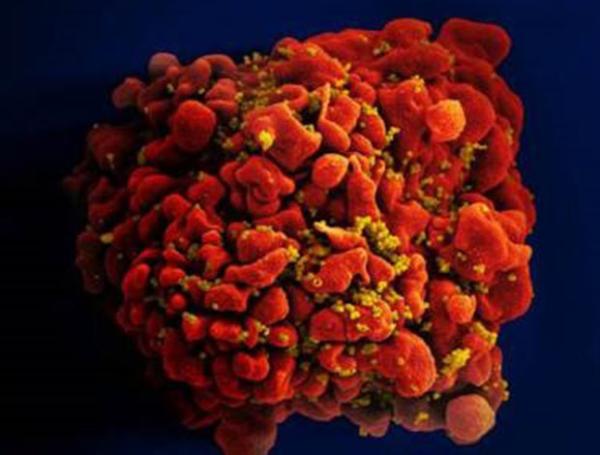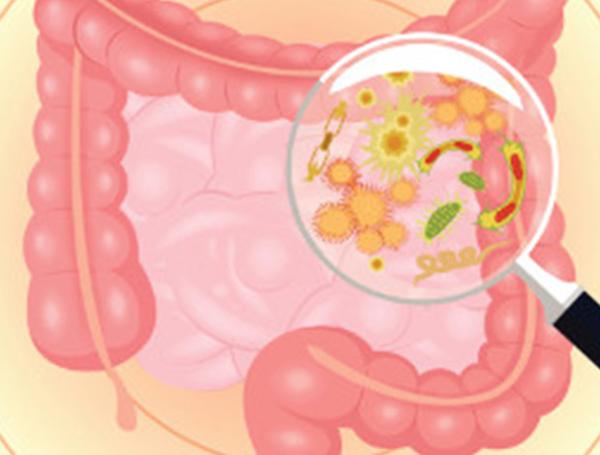Taming Immune Cells with a Molecular “Switch”
The most important step to solving any problem is to choose the right tool for the job. Just like a heavy fur coat will keep you comfortable in the Arctic but slowly roast you in the Sahara, your immune system’s response can be helpful or harmful depending on the specific invader it’s fighting off. A new IRP study has identified a molecular “switch” that shifts an important type of immune cell between two different approaches to protecting the body.









